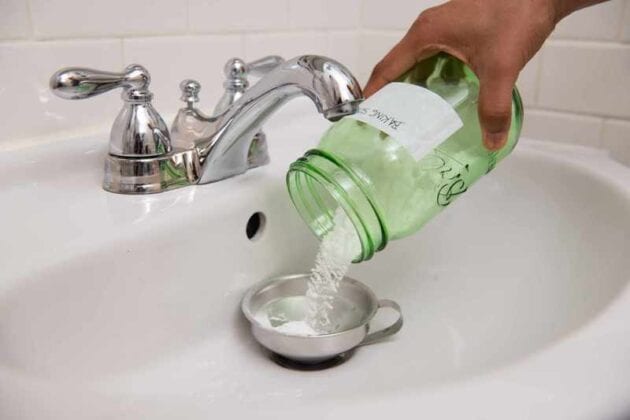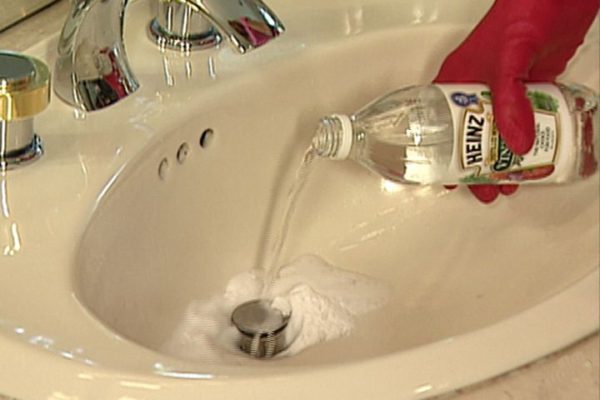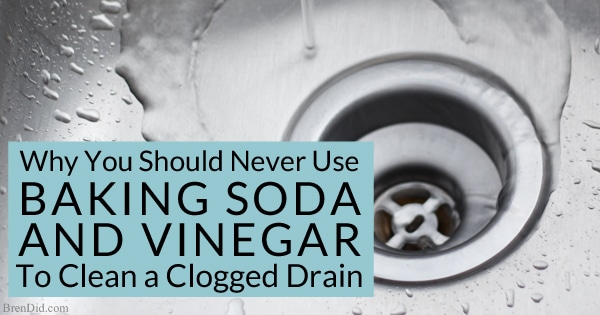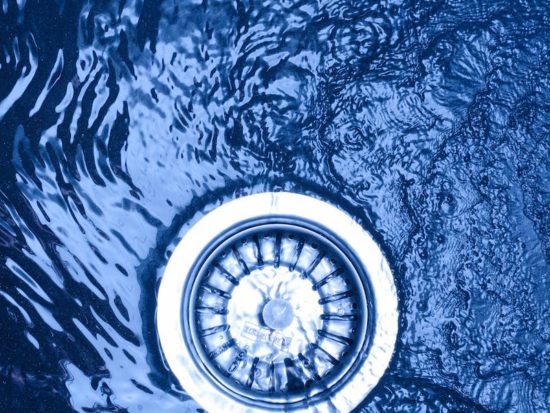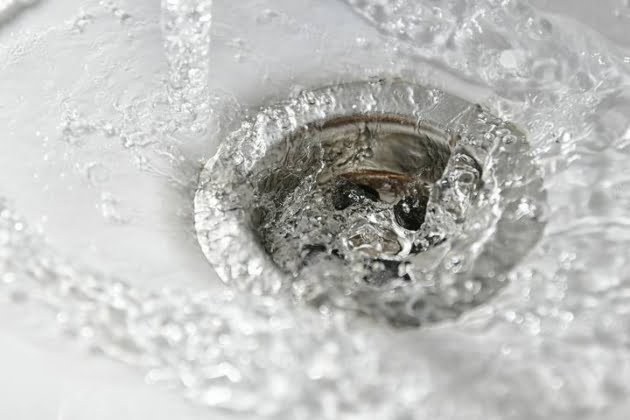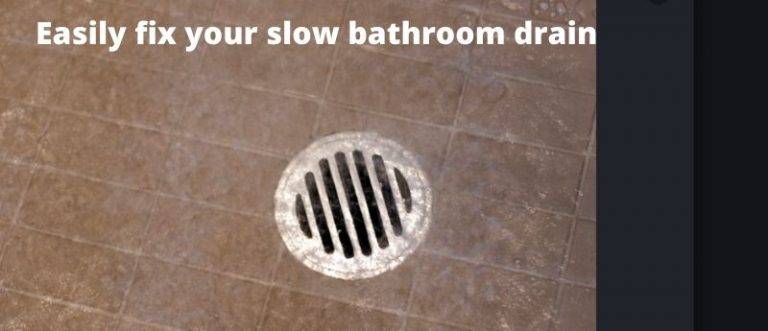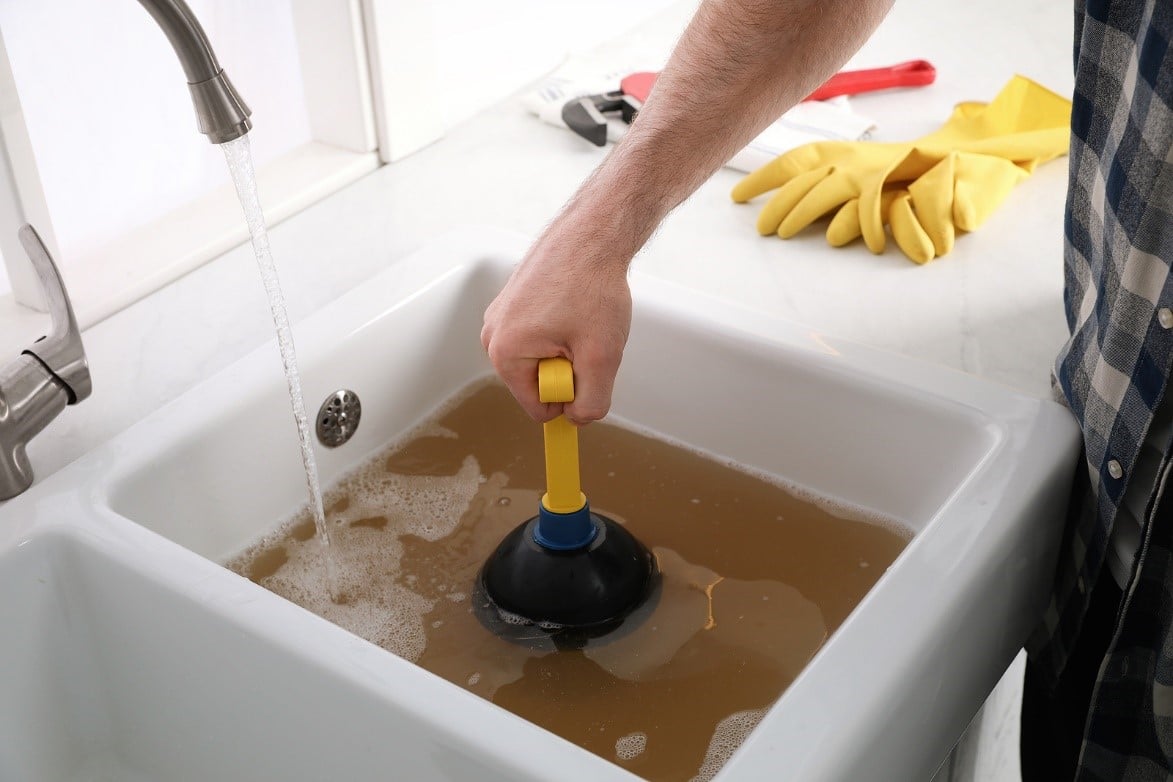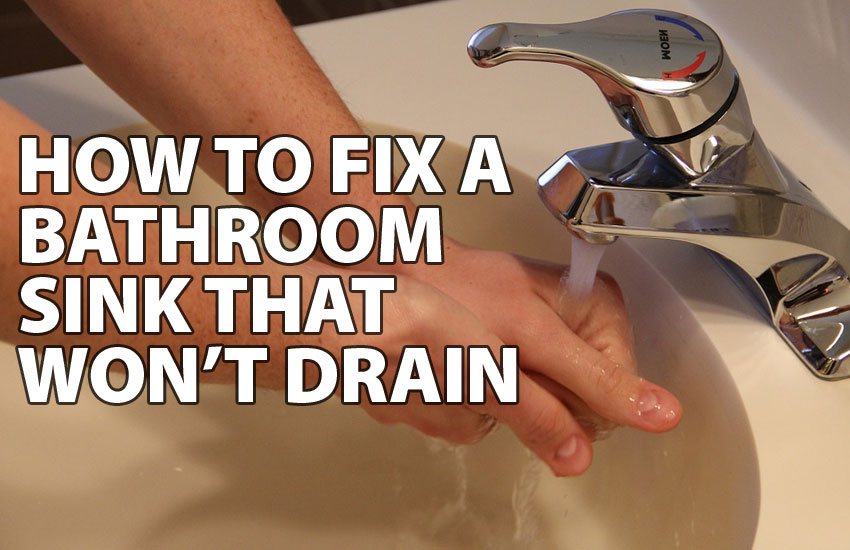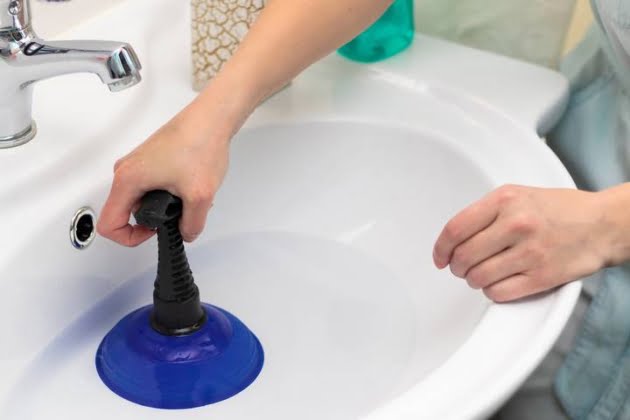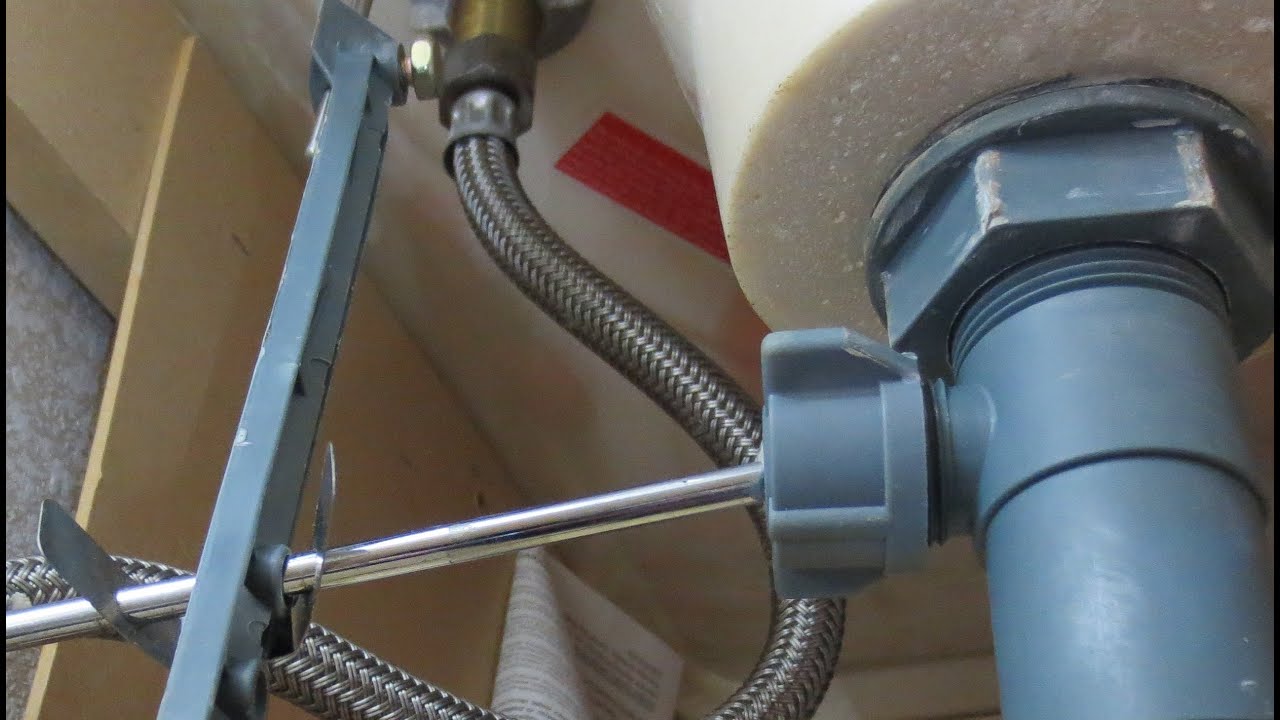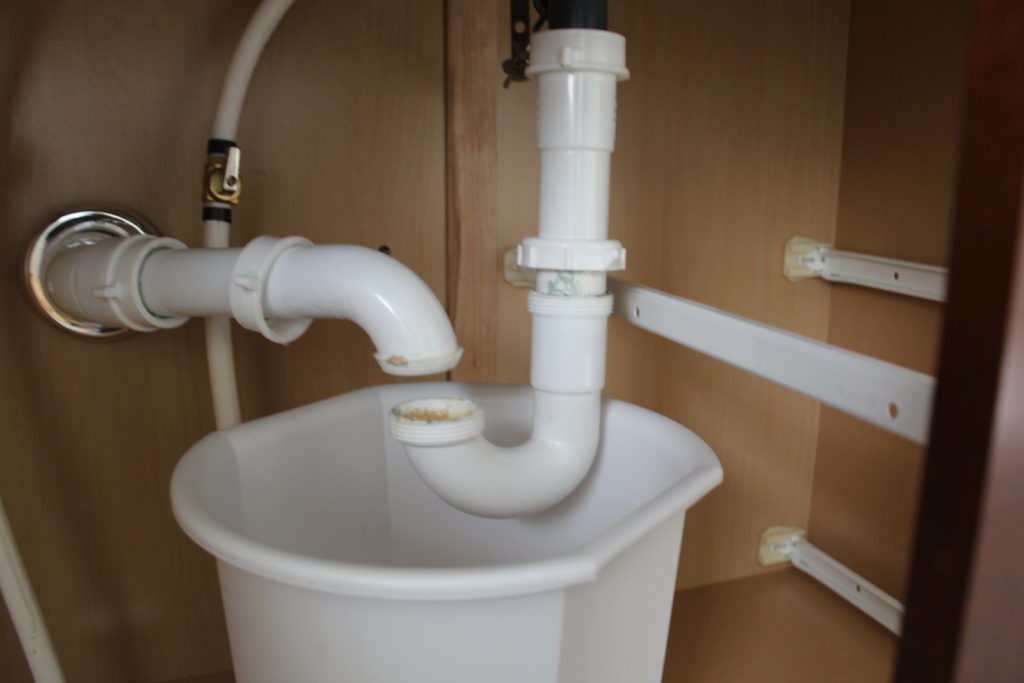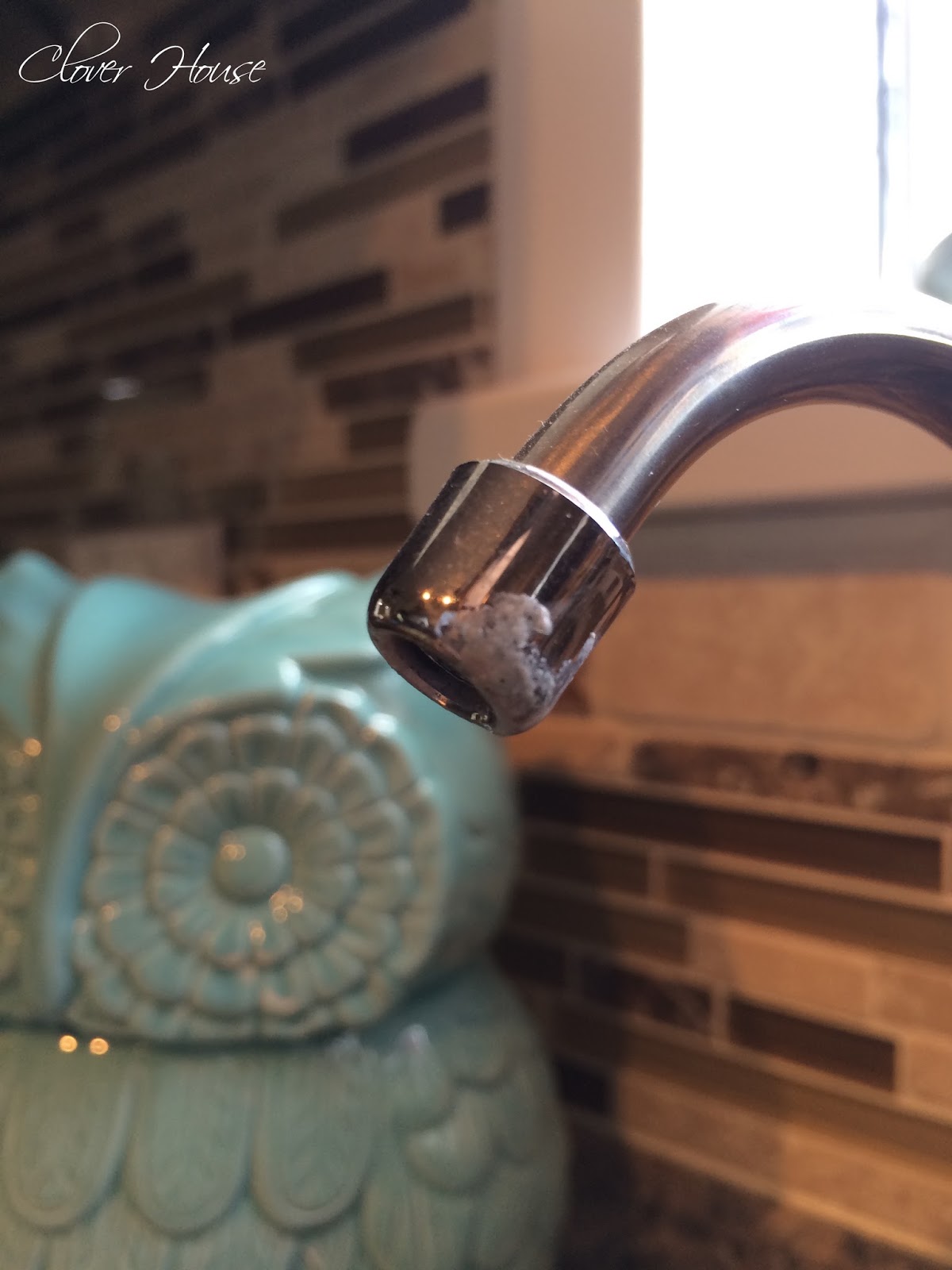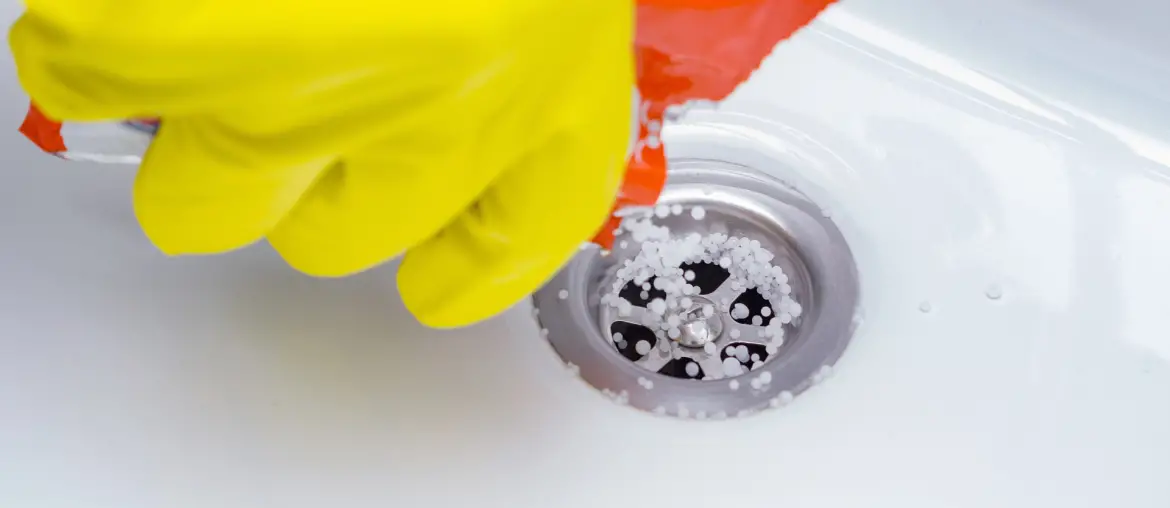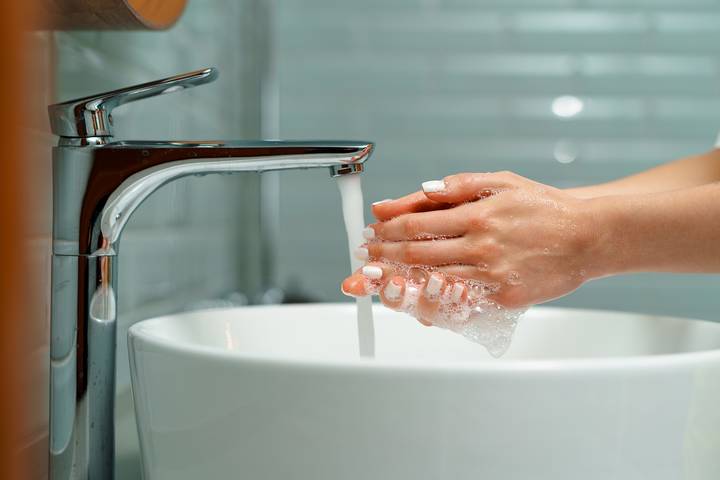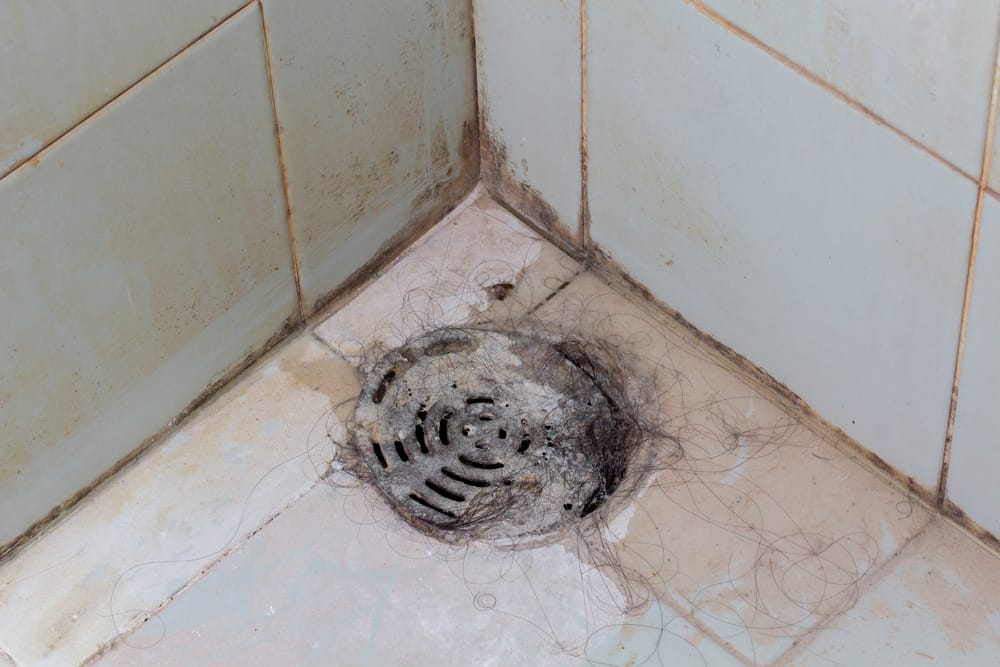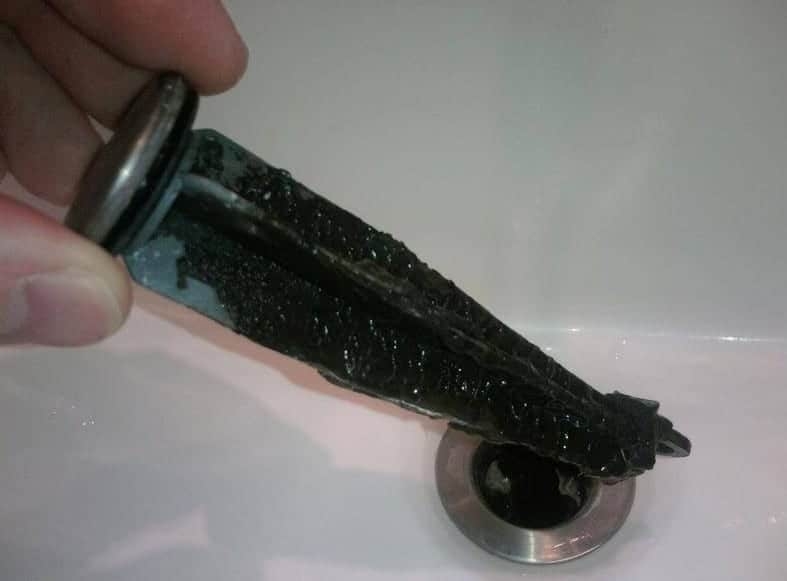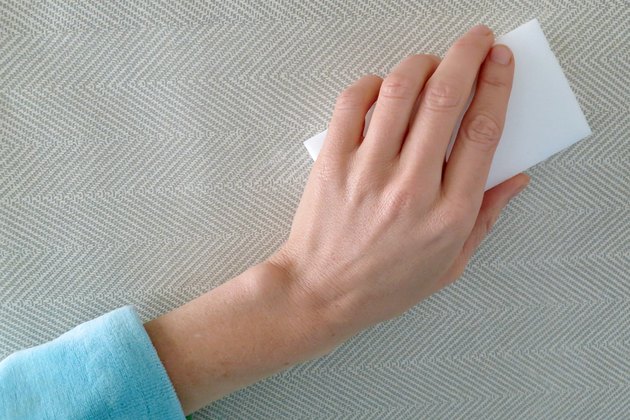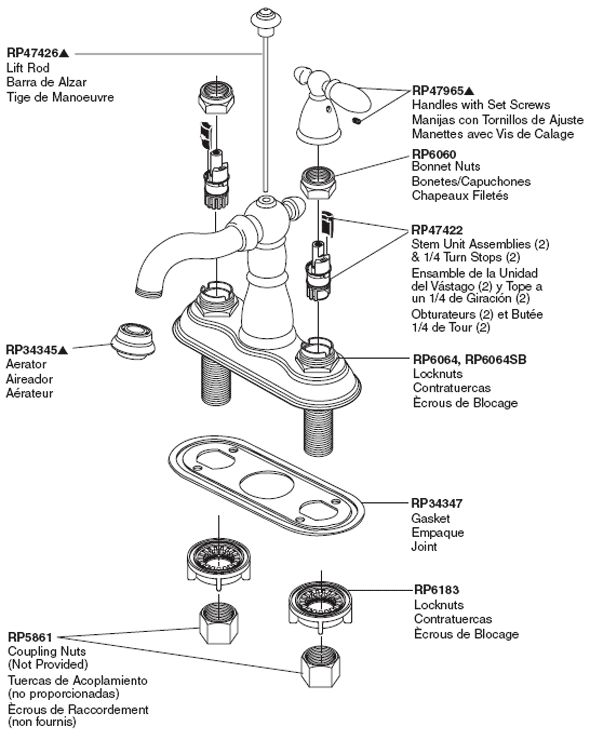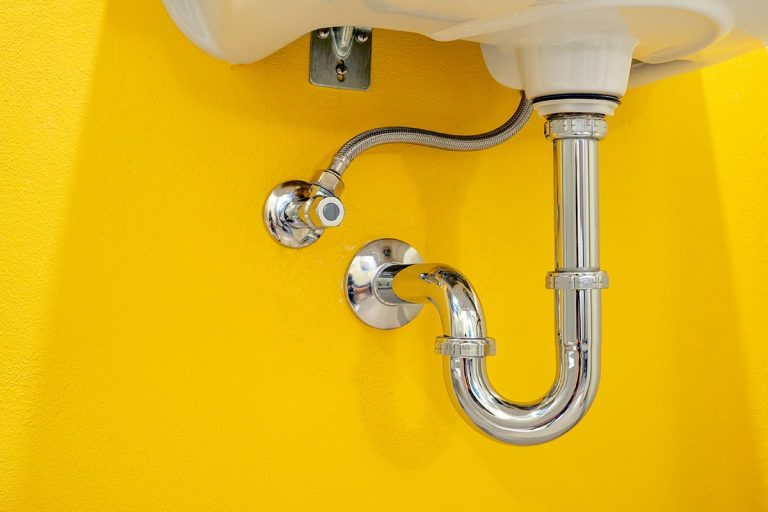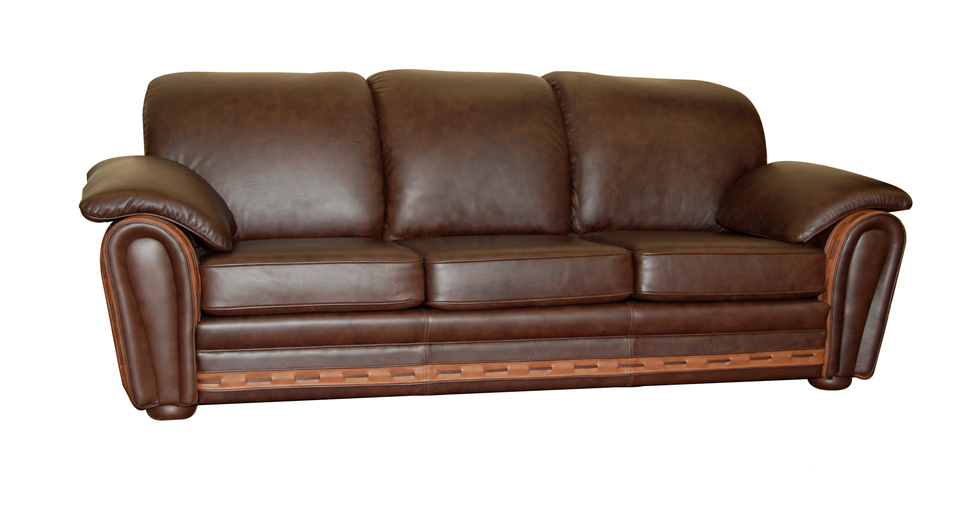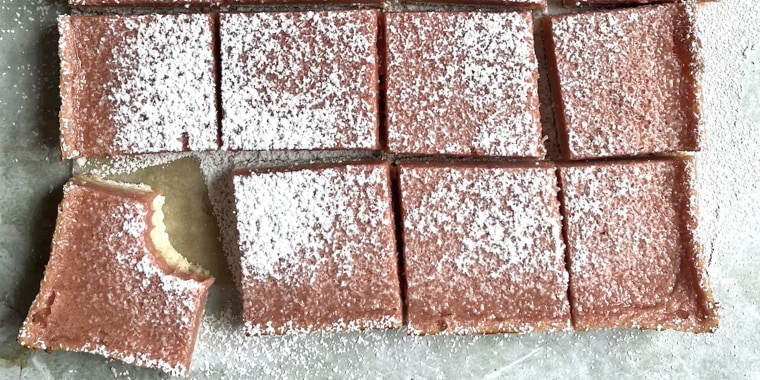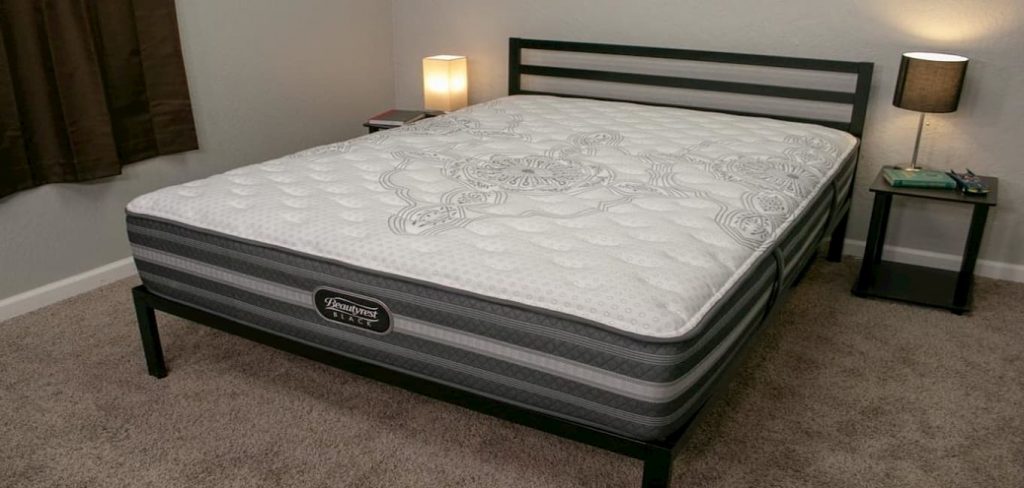If you've noticed that your master bathroom sink is draining slowly, it can be a frustrating and inconvenient problem. Not only does it take longer for the sink to empty, but it can also cause unpleasant odors and even lead to standing water in the sink. However, before you call a professional plumber, there are a few DIY solutions you can try to unclog your slow-draining bathroom sink.Unclogging a Slow Drain in a Master Bathroom Sink
One common cause of a slow-draining bathroom sink is a buildup of hair and debris in the drain. To fix this, you can try using a plunger to loosen and remove any clogs. Simply place the plunger over the drain and pump up and down vigorously, then check if the water is draining properly. If the plunger doesn't work, you can also try using a drain snake to manually remove the clog.How to Fix a Slow-Draining Bathroom Sink
If the plunger and drain snake don't work, you can try using a homemade solution of baking soda and vinegar to unclog your bathroom sink. Start by pouring a pot of boiling water down the drain, followed by ½ cup of baking soda. Let it sit for a few minutes, then pour 1 cup of vinegar down the drain. Cover the drain with a cloth or stopper to allow the mixture to work its way through the pipes. After 15-20 minutes, flush the drain with another pot of boiling water.DIY Solutions for a Slow-Draining Bathroom Sink
Aside from hair and debris buildup, there are a few other common causes of slow-draining bathroom sinks. One is the accumulation of soap scum and mineral deposits, which can be difficult to remove with DIY methods. Another is a damaged or clogged P-trap, which is the curved pipe under the sink that helps to prevent sewer gases from entering your bathroom. In some cases, the entire drain may need to be replaced if it is severely corroded or damaged.Common Causes of Slow-Draining Bathroom Sinks
The best way to prevent a slow-draining bathroom sink is to practice regular maintenance and be mindful of what goes down the drain. Use a drain cover or strainer to catch hair and debris, and clean it out regularly. Avoid pouring grease, oil, or harsh chemicals down the drain, as these can cause buildup and clogs. You can also try pouring boiling water down the drain once a week to help prevent buildup.Tips for Preventing Slow-Draining Bathroom Sinks
If you prefer a more natural approach to unclogging your bathroom sink, you can try using baking soda and vinegar. This method is not only effective but also safe for your pipes and the environment. Simply mix equal parts baking soda and vinegar and pour it down the drain, then follow the same steps as mentioned above. The chemical reaction between the two ingredients helps to break down and dissolve any clogs.Using Baking Soda and Vinegar to Clear a Slow-Draining Bathroom Sink
If all else fails, it may be time to call in a professional plumber to unclog your slow-draining bathroom sink. They have the tools and expertise to fix even the toughest clogs and can also identify and address any underlying issues that may be causing the problem. This may include replacing damaged pipes or installing a new drain system.Professional Plumbing Services for Slow-Draining Bathroom Sinks
If you suspect that a clogged or damaged P-trap is the cause of your slow-draining bathroom sink, you can try removing and cleaning it yourself. Start by placing a bucket or container under the P-trap to catch any water and debris. Then, use a wrench to loosen and remove the slip nuts on either end of the P-trap. Once the P-trap is removed, you can clean it out and also check for any clogs or damage. If necessary, you can replace the P-trap with a new one.How to Remove and Clean the P-Trap to Fix a Slow-Draining Bathroom Sink
As mentioned earlier, one of the most common causes of a slow-draining bathroom sink is a buildup of hair and debris in the drain. To prevent this, you can install a drain cover or strainer that will catch any hair and debris before it goes down the drain. It's also a good idea to clean the cover or strainer regularly to avoid buildup and ensure proper drainage.Preventing Hair and Debris Buildup in Bathroom Sink Drains
In some cases, a slow-draining bathroom sink may be a sign of a more serious issue that requires the drain to be replaced. Some signs that your master bathroom sink drain may need to be replaced include frequent clogs, foul odors, and visible damage to the pipes. If you notice any of these signs, it's best to call a professional plumber to assess the situation and determine the best course of action.Signs That Your Master Bathroom Sink Drain Needs to be Replaced
What to Do When Your Master Bathroom Sink Drains Slowly
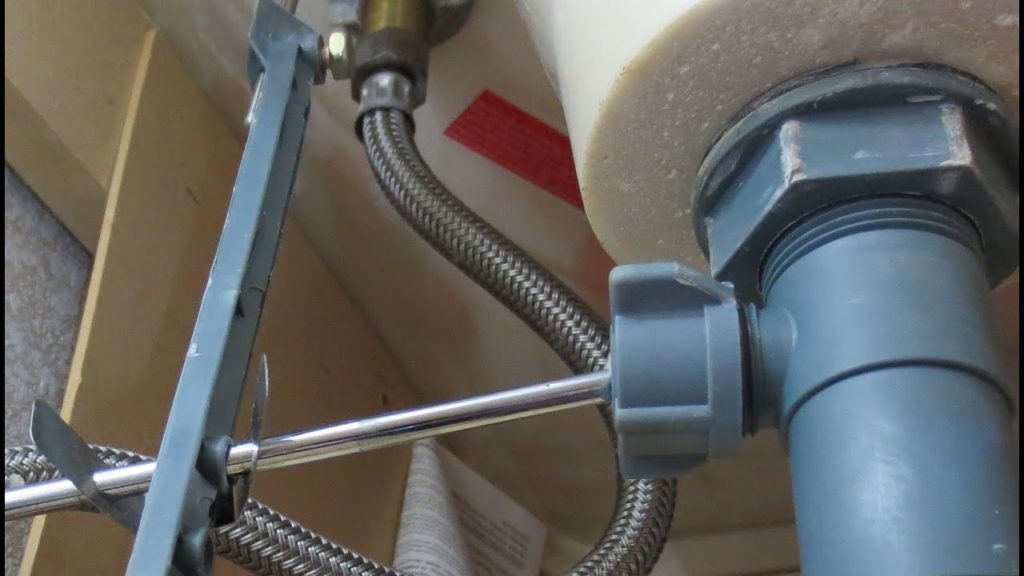
Why Does it Happen?
 One of the most common plumbing issues that homeowners face is a slow draining sink, especially in the master bathroom where it is used frequently. This can be frustrating and inconvenient, especially when you have a busy schedule. The most common culprit for a slow draining sink is a clogged drain. Over time, hair, soap scum, and other debris can build up in the drain and cause a blockage. This leads to slow draining and even standing water in the sink.
One of the most common plumbing issues that homeowners face is a slow draining sink, especially in the master bathroom where it is used frequently. This can be frustrating and inconvenient, especially when you have a busy schedule. The most common culprit for a slow draining sink is a clogged drain. Over time, hair, soap scum, and other debris can build up in the drain and cause a blockage. This leads to slow draining and even standing water in the sink.
How Can You Fix It?
 There are a few simple steps you can take to fix a slow draining sink in your master bathroom. First, you can try using a plunger to dislodge any debris or buildup in the drain. Make sure to cover the overflow opening with a wet cloth to create a seal before plunging. If that doesn't work, you can try pouring a mixture of hot water and baking soda down the drain, followed by vinegar. This can help break up any clogs and clear the drain. You can also try using a drain snake to remove any stubborn clogs.
There are a few simple steps you can take to fix a slow draining sink in your master bathroom. First, you can try using a plunger to dislodge any debris or buildup in the drain. Make sure to cover the overflow opening with a wet cloth to create a seal before plunging. If that doesn't work, you can try pouring a mixture of hot water and baking soda down the drain, followed by vinegar. This can help break up any clogs and clear the drain. You can also try using a drain snake to remove any stubborn clogs.
Preventing Future Issues
 To prevent your master bathroom sink from draining slowly in the future, there are a few simple steps you can take. Make sure to regularly clean the drain and stopper to remove any hair or debris. You can also use a drain cover to catch any hair or larger particles before they go down the drain. Avoid pouring grease or food scraps down the sink, as these can also contribute to clogs. Additionally, consider having your drains professionally cleaned every few years to keep them clear and prevent any major issues.
To prevent your master bathroom sink from draining slowly in the future, there are a few simple steps you can take. Make sure to regularly clean the drain and stopper to remove any hair or debris. You can also use a drain cover to catch any hair or larger particles before they go down the drain. Avoid pouring grease or food scraps down the sink, as these can also contribute to clogs. Additionally, consider having your drains professionally cleaned every few years to keep them clear and prevent any major issues.
When to Call a Professional
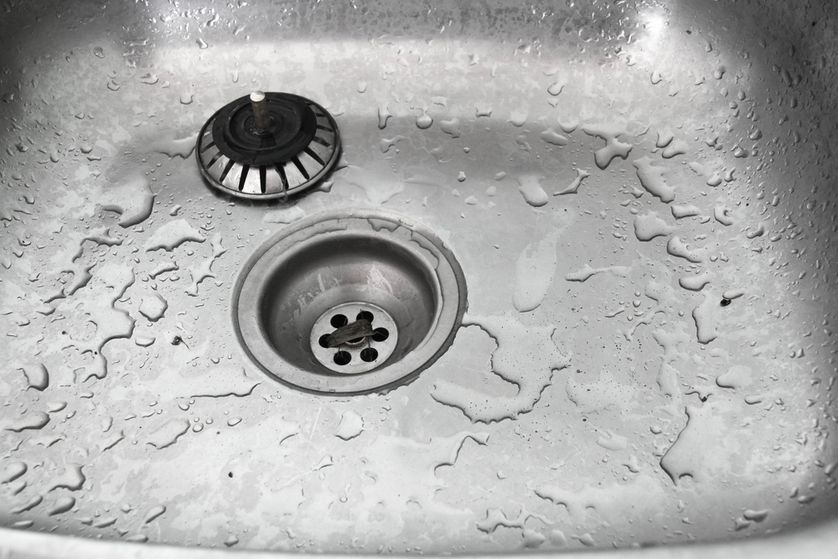 If these DIY methods do not work, it may be time to call a professional plumber. They have the tools and expertise to effectively clear any clogs and get your master bathroom sink draining properly again. They can also inspect the plumbing to ensure there are no underlying issues causing the slow draining. It is important to address any plumbing issues promptly to avoid further damage and costly repairs in the future.
In conclusion, a slow draining sink in your master bathroom can be a frustrating and inconvenient issue, but it is one that can be easily fixed with a few simple steps. By regularly cleaning and maintaining your drains, you can prevent future issues and keep your plumbing in top condition. And if all else fails, don't hesitate to call a professional for assistance. Your master bathroom sink will be back to functioning properly in no time.
If these DIY methods do not work, it may be time to call a professional plumber. They have the tools and expertise to effectively clear any clogs and get your master bathroom sink draining properly again. They can also inspect the plumbing to ensure there are no underlying issues causing the slow draining. It is important to address any plumbing issues promptly to avoid further damage and costly repairs in the future.
In conclusion, a slow draining sink in your master bathroom can be a frustrating and inconvenient issue, but it is one that can be easily fixed with a few simple steps. By regularly cleaning and maintaining your drains, you can prevent future issues and keep your plumbing in top condition. And if all else fails, don't hesitate to call a professional for assistance. Your master bathroom sink will be back to functioning properly in no time.

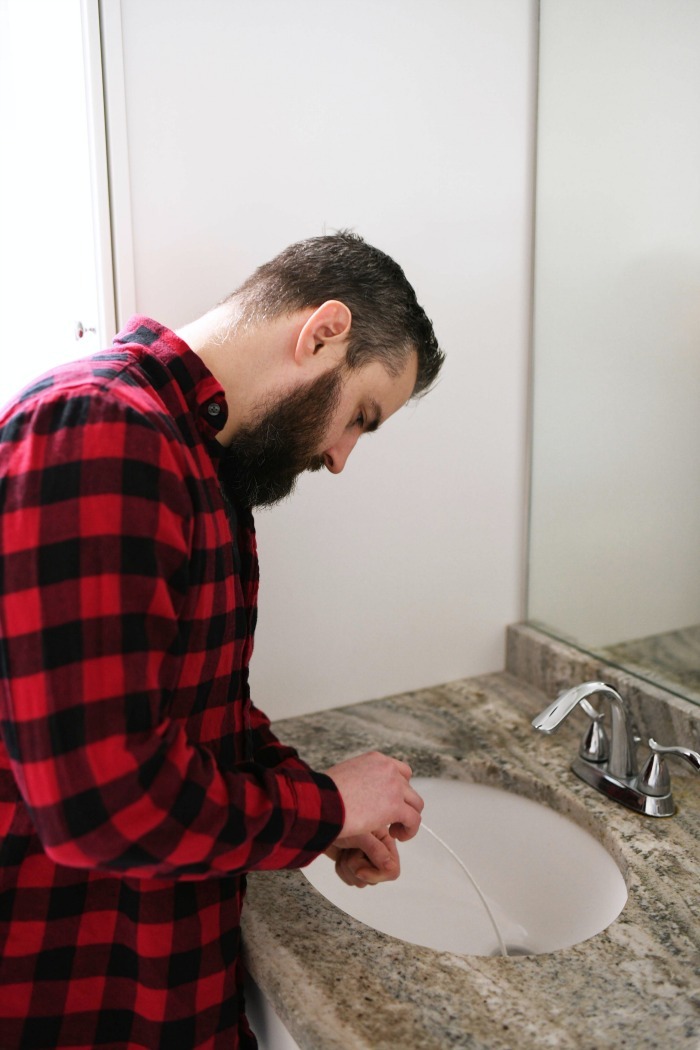


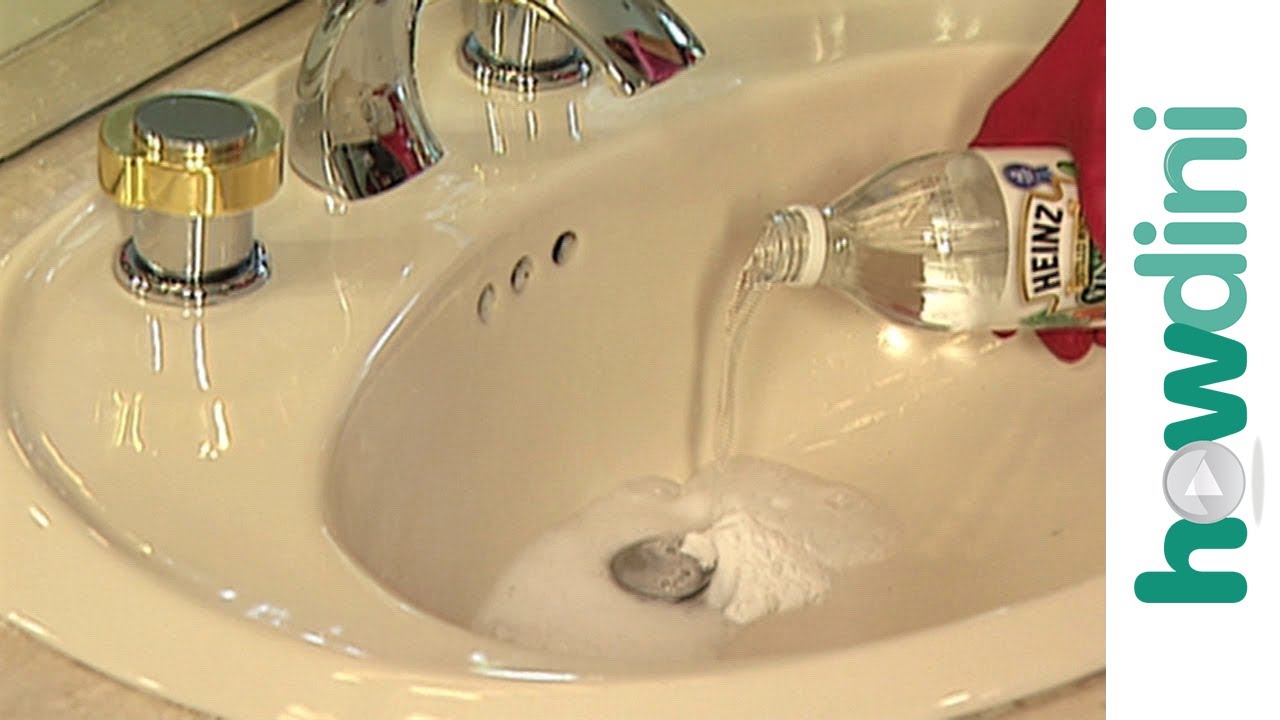






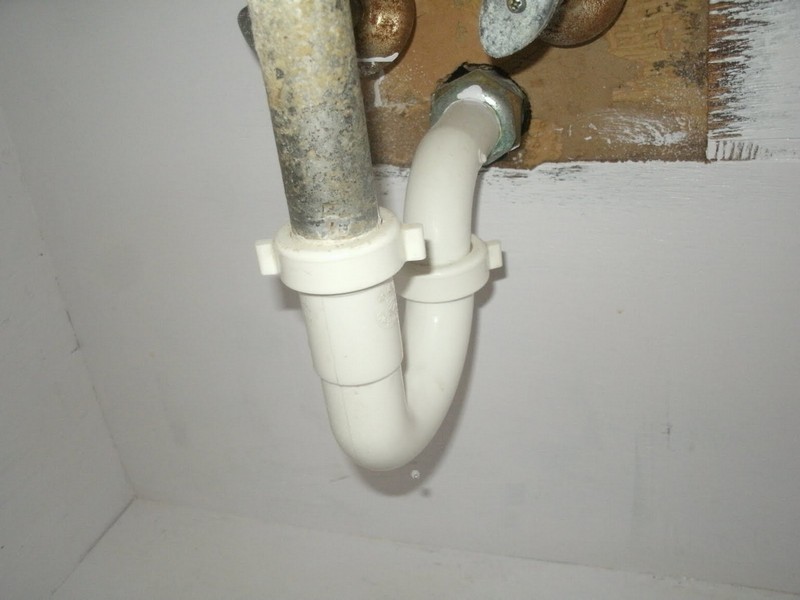
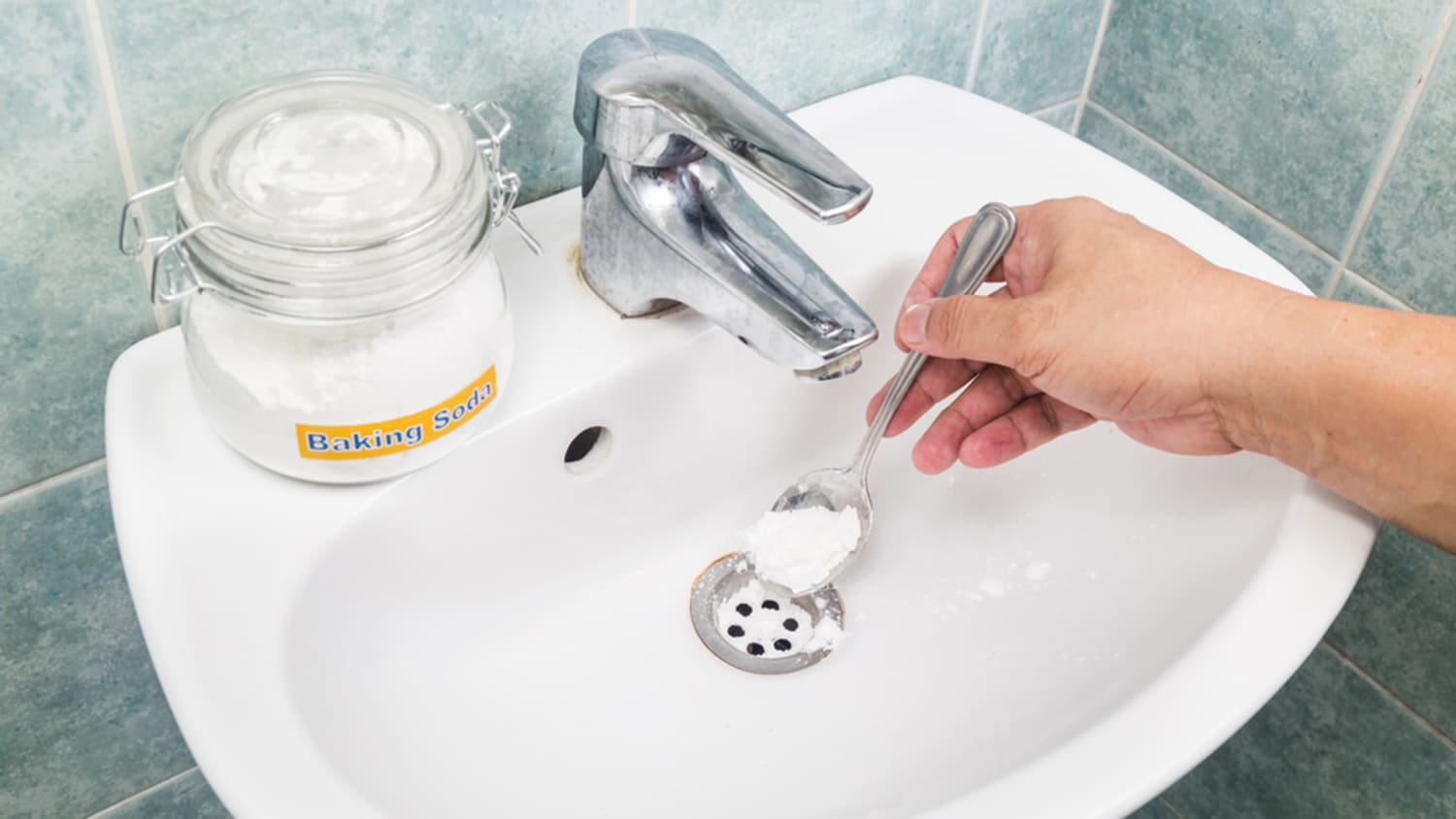


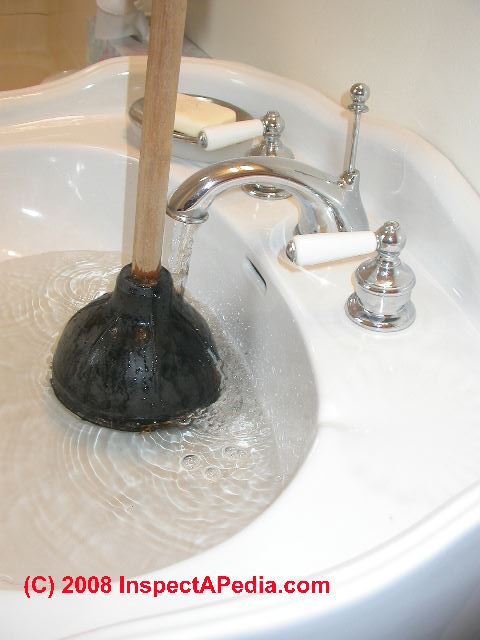







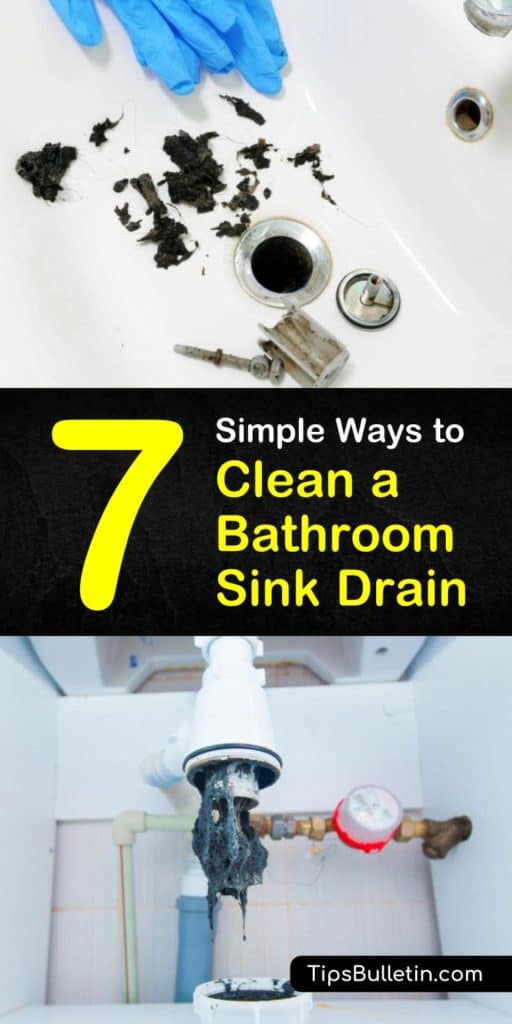

:max_bytes(150000):strip_icc()/Five-Ways-to-Fix-a-Slow-Sink-Drain-03-24c1f6dd477d46b9b5d1f70952a76933.jpg)

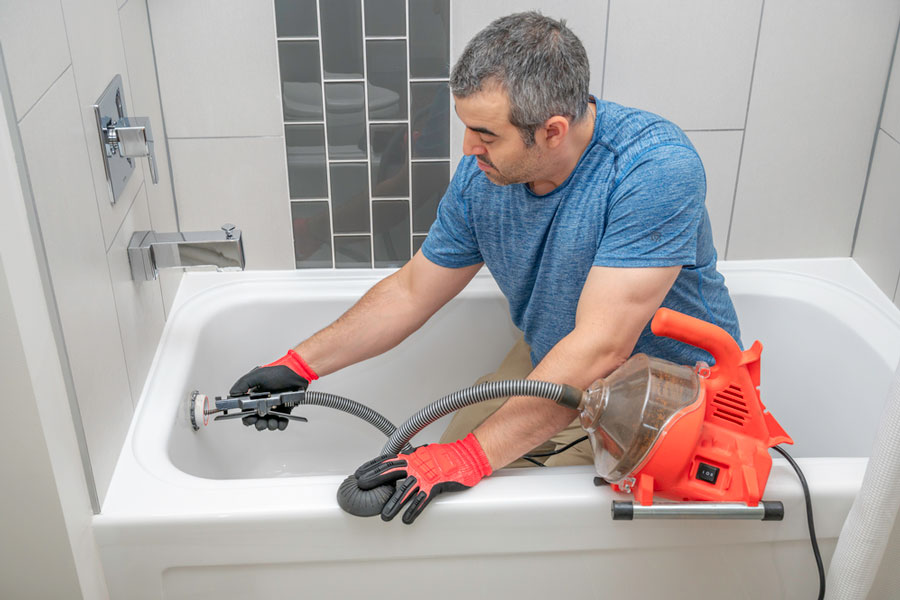

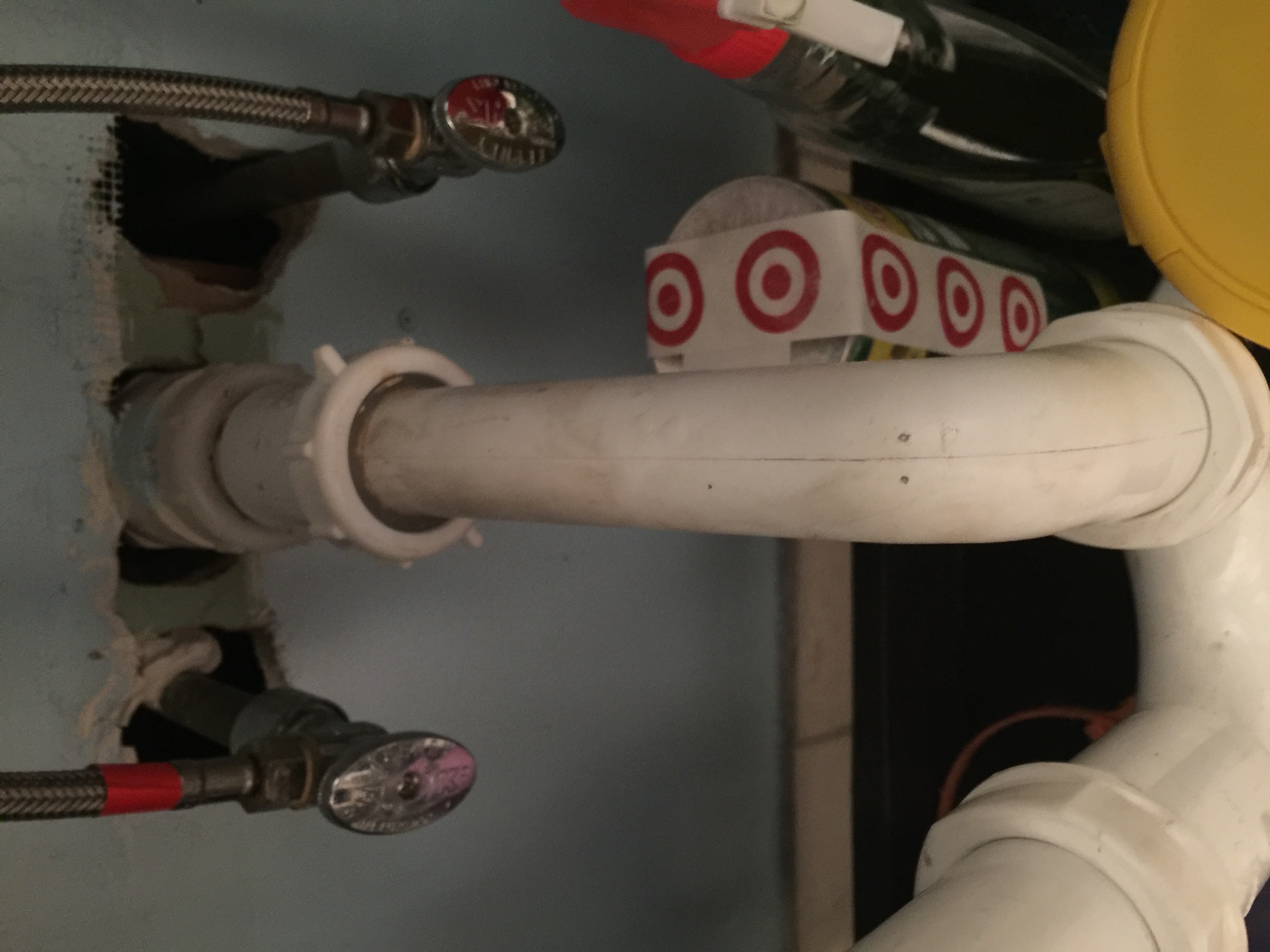



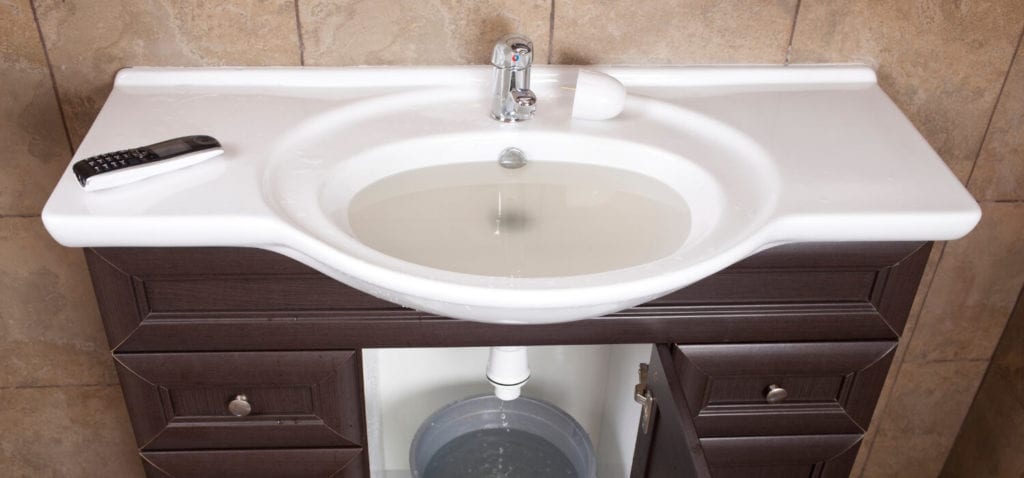
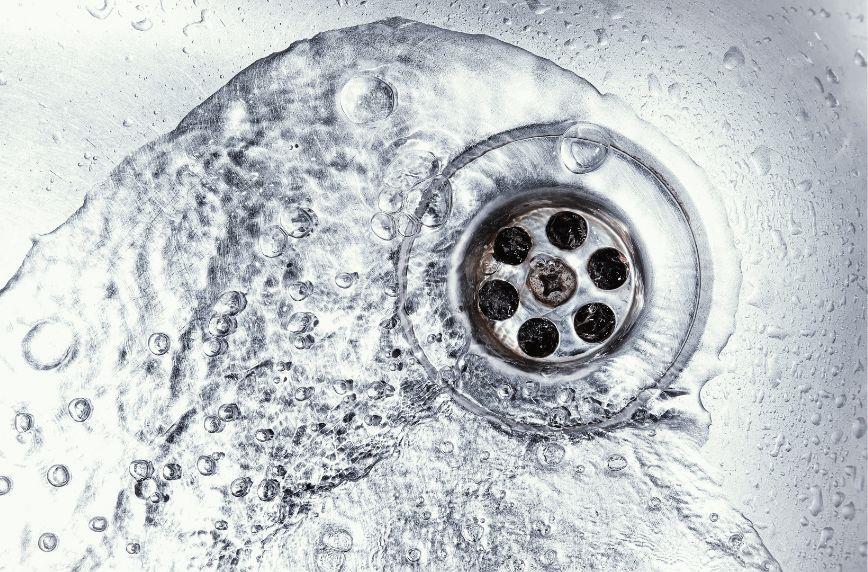



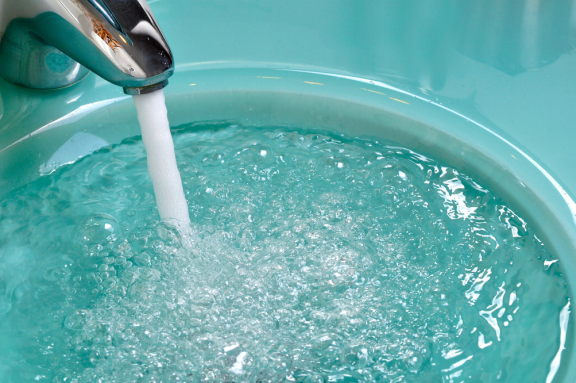


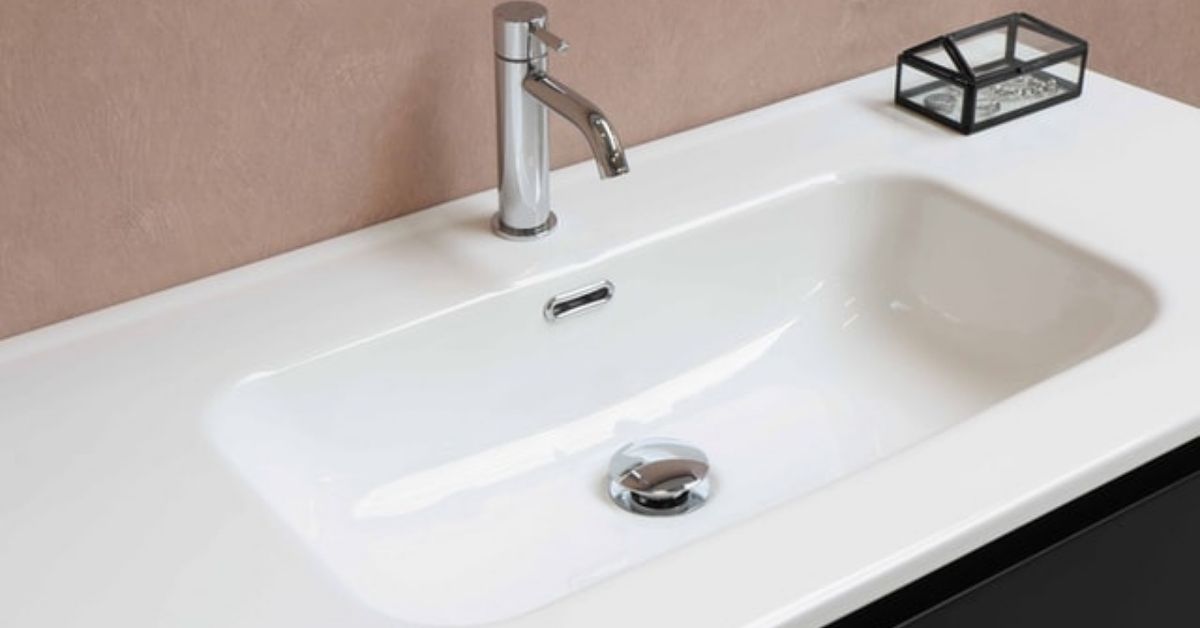

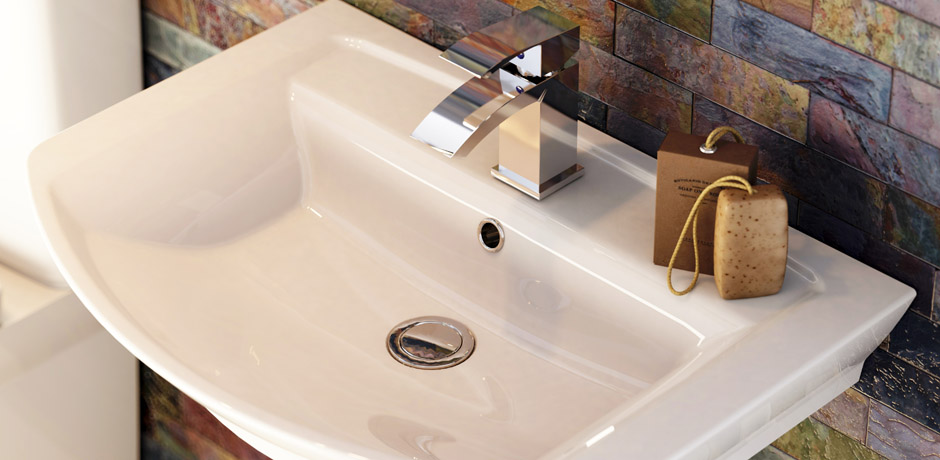
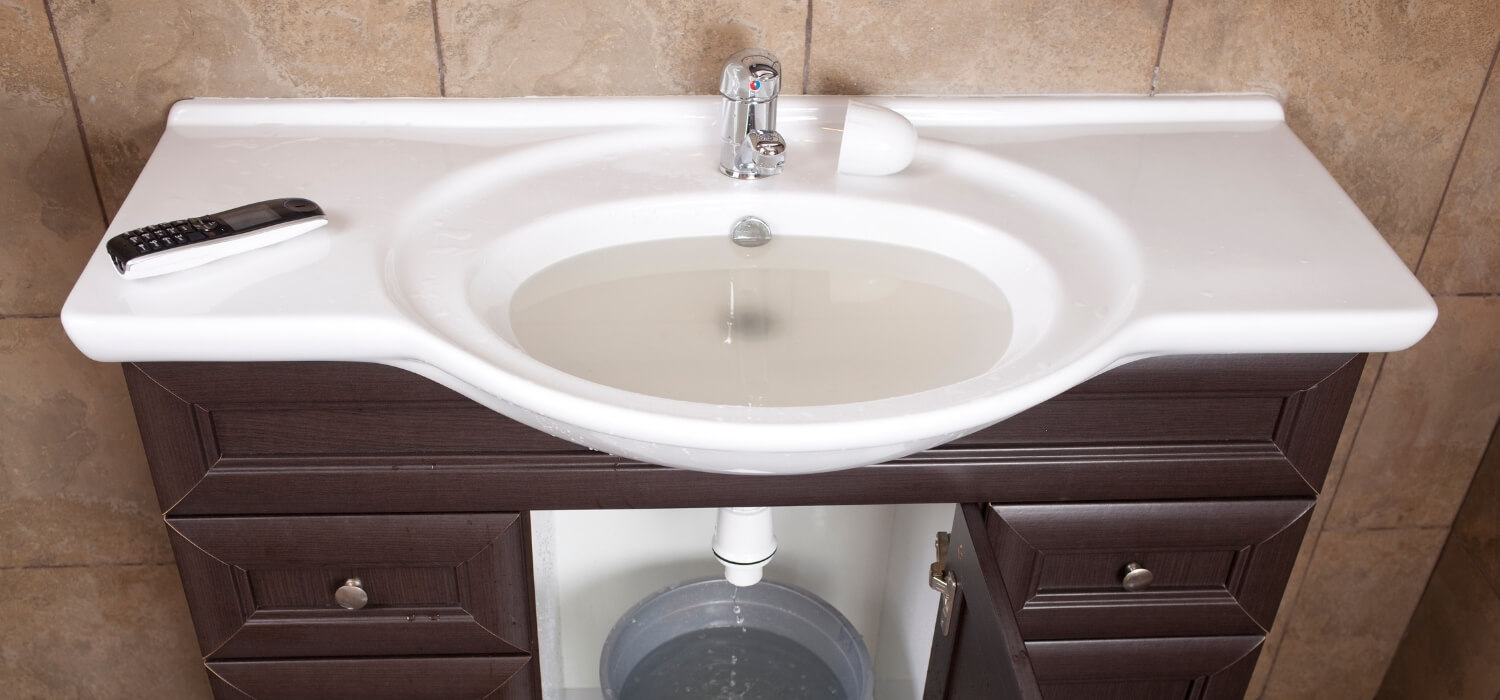
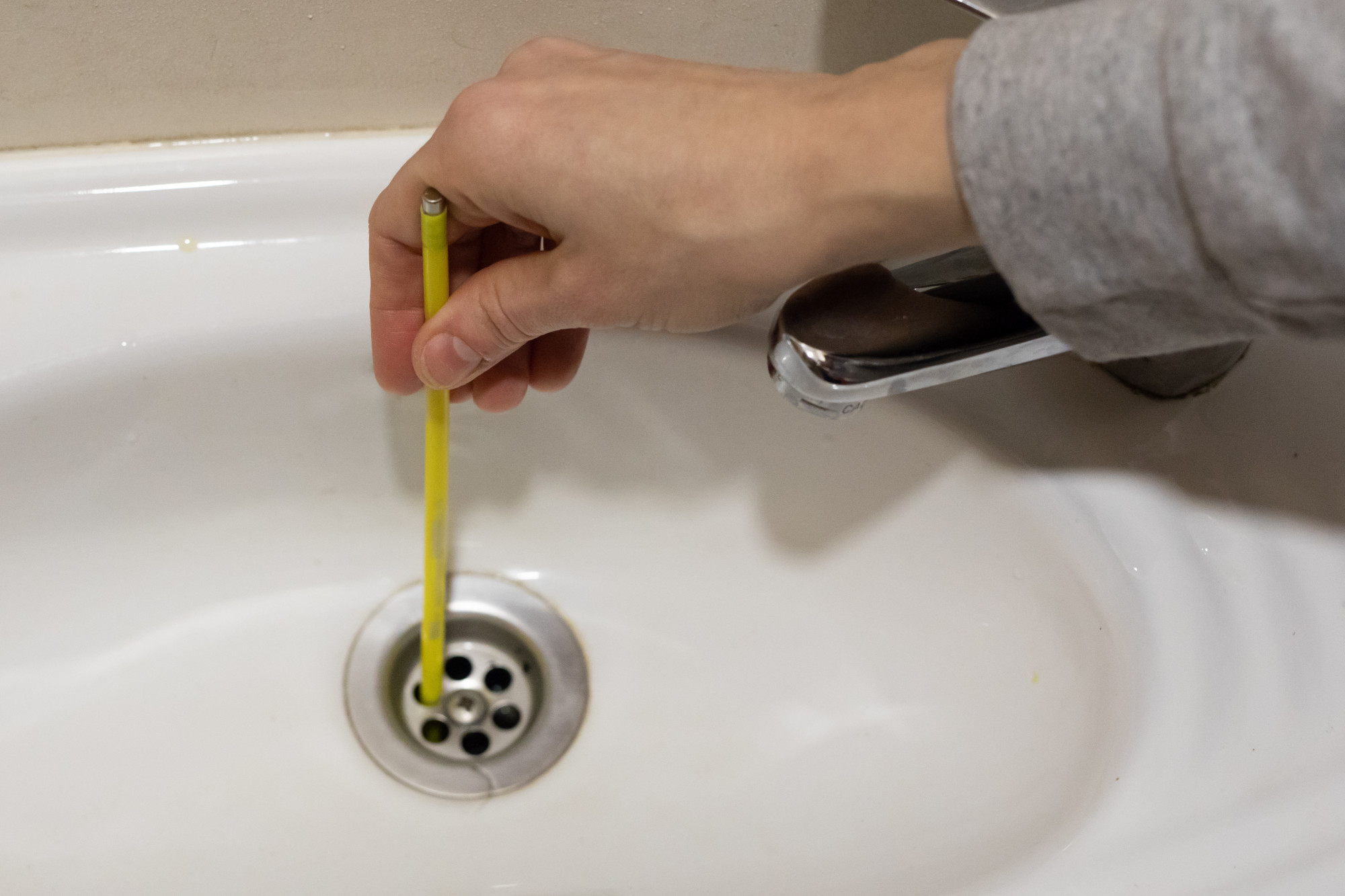

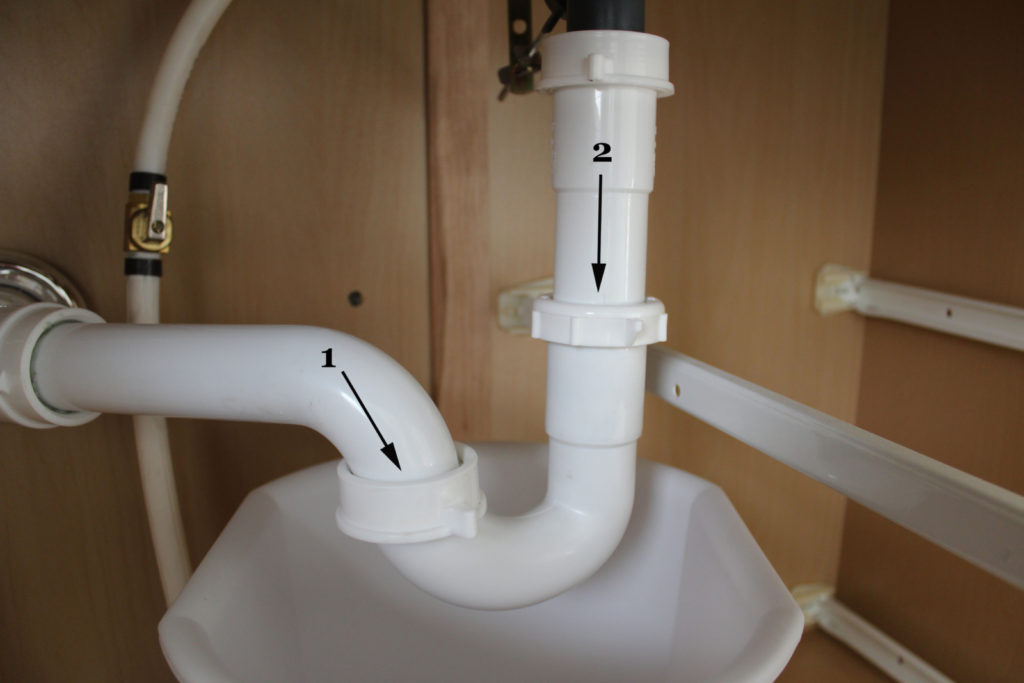



:max_bytes(150000):strip_icc()/freshen-and-unclog-drain-with-baking-soda-1900466-22-bbf940b70afa4d5abef0c54da23b1d3f.jpg)

